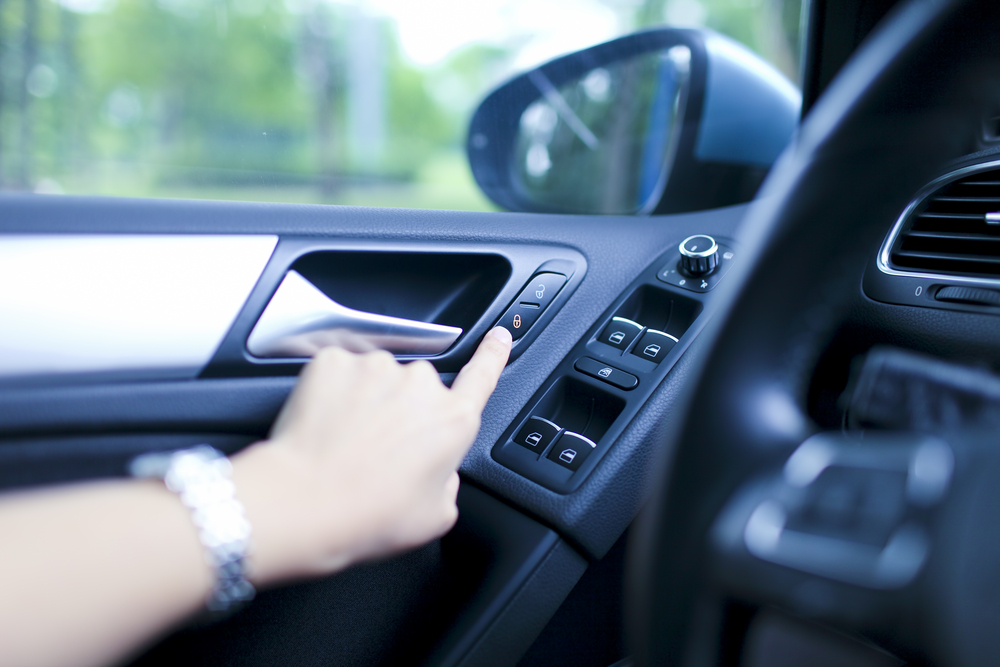Power windows are incredibly helpful, useful, and convenient when someone is driving their car, especially when compared to the crank windows of decades’ past. When power windows stop working, however, it can be a real problem for drivers, especially if they break and get stuck partially down during winter or summer. Luckily, fixing power windows doesn’t have to be a grand event – it’s actually easier than you think and straightforward enough that you can do it yourself. Just follow the steps below, and you’ll be back in control before long.
What Could Be Wrong
The most common power car window uses a regulator mechanism almost like a hand-crank window, which makes the troubleshooting process relatively simple. With this in mind, if none of the windows are working, check the fuse first since it is sized just enough to open all the windows at the same time, so anything from age to sticky window channels can blow the fuse. With your key in the run position (and the car not running), push the window button – if you don’t hear the motor and nothing happens, the fuse is likely the problem. Use your owner’s manual to find the right fuse because if you pull the wrong one, you could disrupt the engine management computer, causing poor drivability for when you first start driving.
If the fuse is fine but one of your windows still isn’t budging, you may end up having to open that window’s door panel. As an electrical problem slightly more complicated than a blown fuse, you’ll need the schematic for your vehicle’s electrical system and 12-volt test light or voltmeter. Now, start at the fuse panel and track the cabling to the switch and move to the motor from there, testing for 12 volts.
You’ll likely discover a corroded or loose connector disrupting the voltage to the motor, or the switch could be bad itself. If the front left door switch can’t open the back-right door, but the switch on the door can’t, look for a bad switch in the driver door or a flaw in the intervening wiring.
Open the Door
From here, you likely need access to inside of the switch panel. Once the door panel is removed, take off the weather sheeting. At this point, be very careful where you put your fingers, as there’s a lot of torque in a power window motor. Also, the cable routing in the window regulator could snag if it jams.
To prove the problem is electrical, you can run a jumper wire directly from the positive terminal of the battery to the motor’s positive side to see if it works. A few window regulator systems give 12 volts constantly, so switch to the circuit’s ground side and use the car schematic as a reference. Most vehicles can deactivate the back windows, so only check this switch if the back windows are the problem. The duff motor could be the real problem, and this will need to be replaced if it is. If not, trace the wires until the problem is found.
Sticky Windows
If a window won’t close or open properly, look at the gaskets. If it’s loose, you can repair it. If the gasket is only loose, get weatherstrip adhesive from your local auto parts store and re-glue the gasket in place. Let this dry overnight while the window is closed, but be sure you aren’t gluing the gasket to the window.
There’s also a good level of friction between the window glass and the gasket. Any misalignment can increase the friction until the motor doesn’t have enough torque to operate the glass correctly. Lubricate the channel with silicone protectant or spray, as the decreased friction could get the window working.
Think you or someone you know is in need of Behind the Wheel Training? Training Wheels is an Atlantic City driving school specializing in teaching new teen drivers how to stay safe on the road. For more information on our lessons, please click here.
Photo via rickyd / Shutterstock

